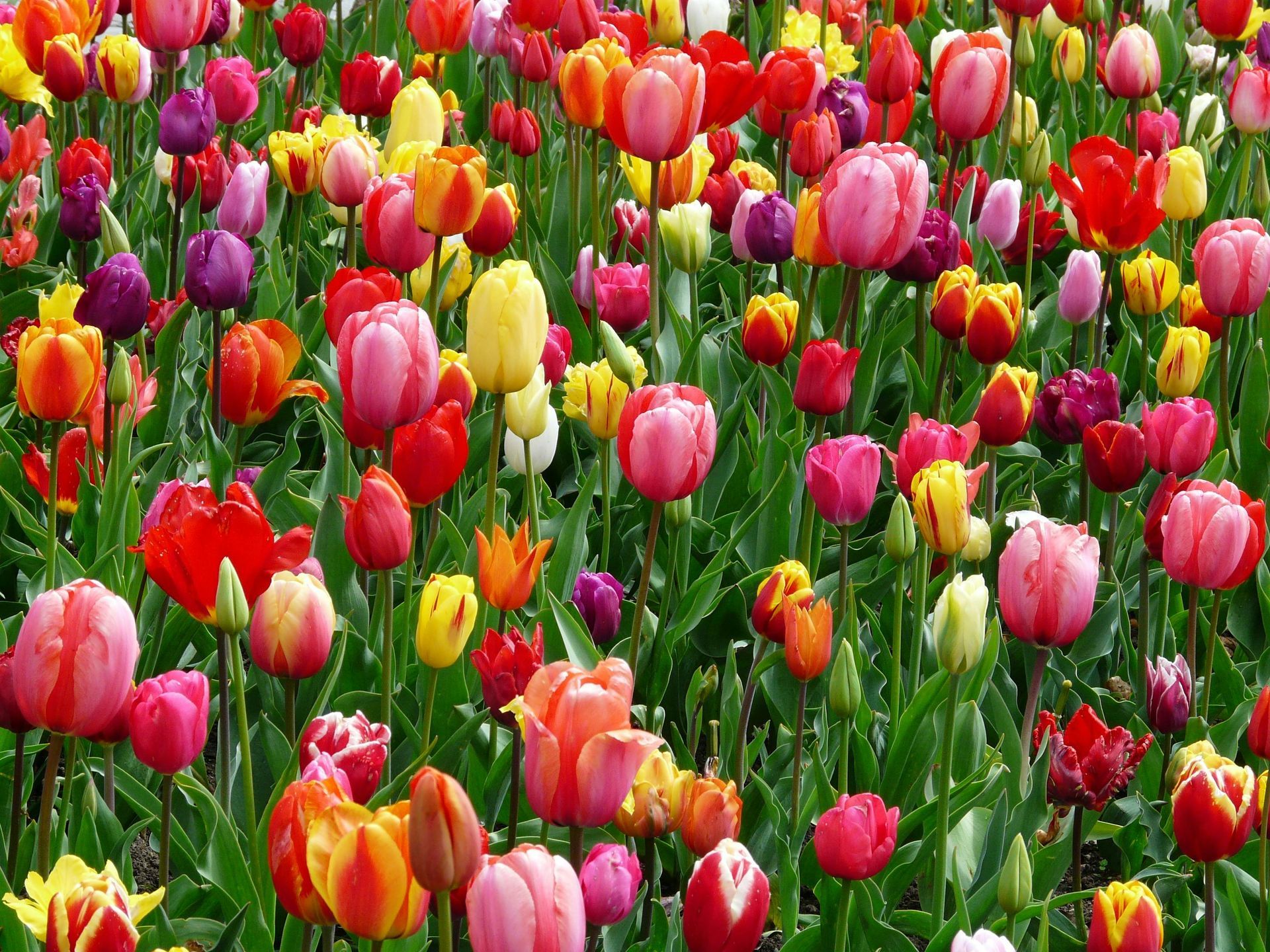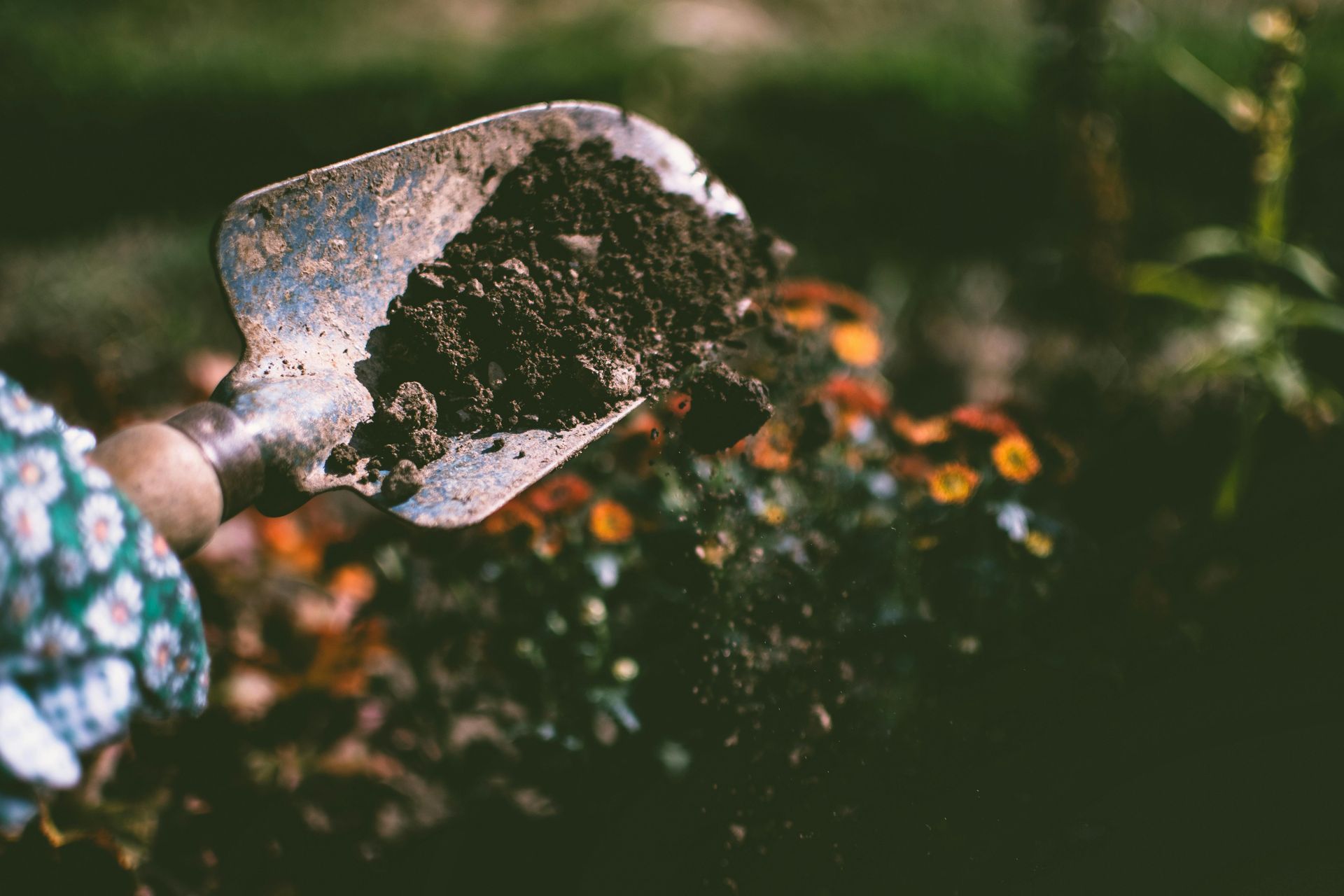How To Select The Right Plants For Your Garden
November 19, 2024
Is it planting season? If so read below to learn how to get started!
Beginning a flourishing and stunning garden involves selecting the appropriate plants. Choosing plants that fit your surroundings and personal taste will create a lively outdoor area for the long term. When you are designing your garden, it is important to take into account these essential factors:
1 Understand Your Climate
The local climate is essential in determining which plants will flourish. Investigate your hardiness zone and select plants appropriate for your area's temperature, rainfall, and sunlight conditions. Choosing native plants is usually a good decision because they are already well-suited to your region.
2 Assess Your Soil
Examine your soil to determine its pH level, texture, and nutrient composition. Some plants thrive in acidic or alkaline soils, while others prefer sandy, loamy, or clay-rich conditions. Making changes to your soil can allow for a greater variety of plants, but beginning with ones that already do well in your soil is a wise decision.
3 Evaluate Sunshine and Shade
Make sure to observe the amount of sunlight your garden gets during the day. Certain plants thrive in full sunlight (6+ hours of direct sunlight), while others do well in partial or full shade. Pair plants with the appropriate light levels in your garden to ensure they thrive.
4 Consider Maintenance Requirements
Have a realistic understanding of the amount of care you are able to provide. Choose hardy perennials, drought-resistant plants, or ground covers if you like low-maintenance gardening. For passionate gardeners, plants that require specific care can provide a gratifying opportunity.
5 Plan for Seasonal Interest
Create a garden with plants that bloom or show colorful foliage throughout the entire year to ensure constant beauty. Combine annuals and perennials for ongoing blossoms, while also including evergreens for all-season form and foliage.
6 Think About Space and Growth
Take into account the final dimensions of plants, including both their height and width. Prevent plants from being overcrowded by providing proper spacing and consider the growth of trees and shrubs to avoid overshadowing smaller plants.
7 Prioritize Functionality
Select plants that fulfill the intended function of your garden. To maintain privacy, choose tall shrubs or hedges. To attract pollinators, make sure to incorporate flowers that are rich in nectar. For gardens meant for eating, concentrate on fruits, veggies, and herbs that do well in the climate where you live.
8 Align With Your Aesthetic
Your personal style should be reflected in your garden. Choose plants that enhance your desired aesthetic, whether it be wild and natural, formal, or modern minimalist, by matching them to your preferred color scheme.
Final Thoughts
Choosing the appropriate plants for your garden requires some investigation, however, the hard work is worth it as it results in a thriving landscape that enhances your outdoor area. If you're unsure, seek advice from gardening experts or a landscaper to make sure your garden is attractive and eco-friendly.
By selecting the appropriate plants, your garden will transform into a flourishing oasis that you will appreciate for many years to come!


